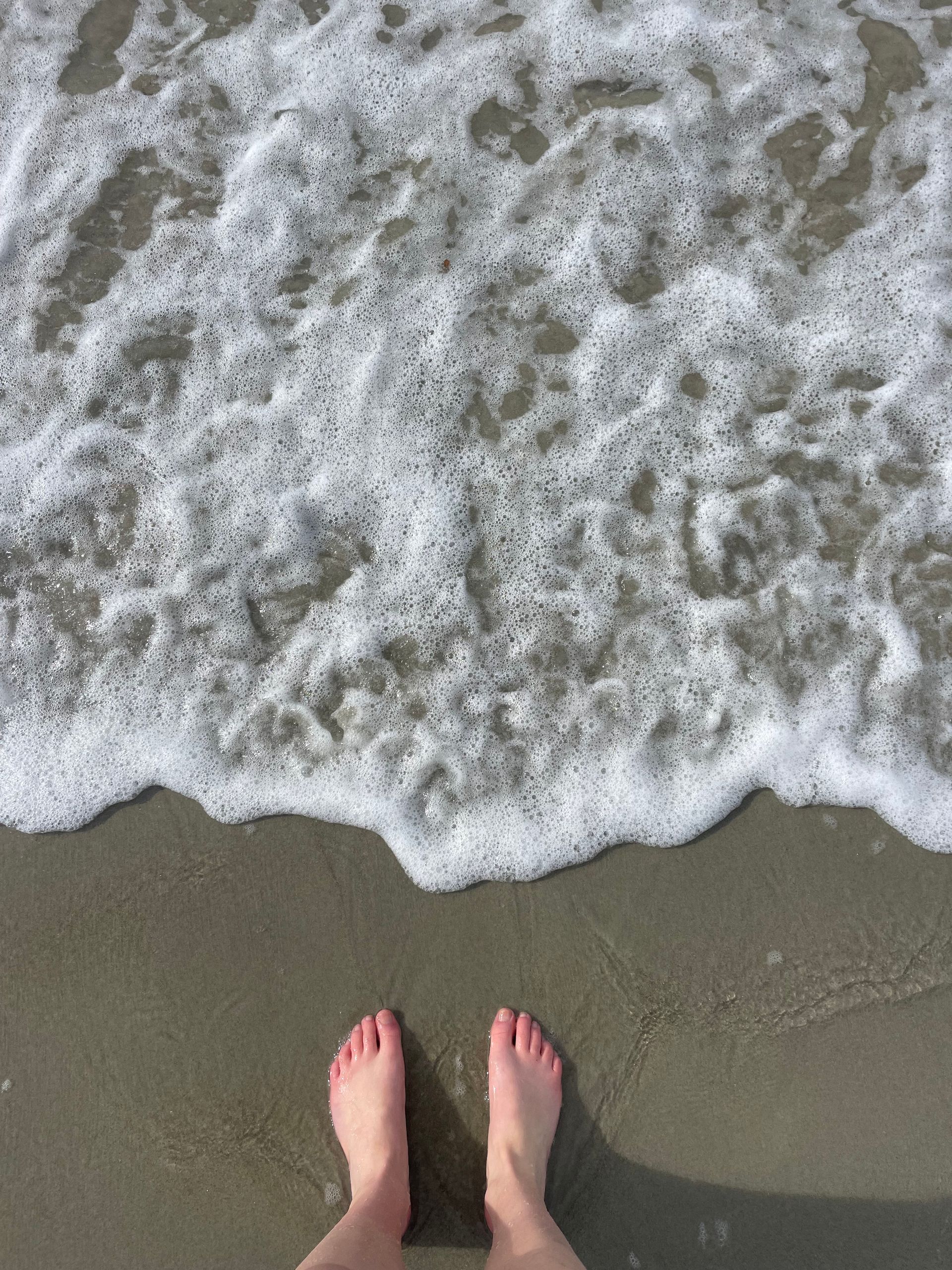Dry needling Vs Acupuncture
Dry Needling vs Acupuncture
Dry needling at Dunedin Podiatry is an advanced therapeutic technique that is practiced to manage myofascial pain by inserting fine needles into myofascial trigger points based on neurophysiological and anatomical principles. The focus of this treatment is to manage pain, enhance circulation, release tension and restore function.
Research on trigger point management by Dr.Janet Travell, Dr.David Simons and later by Dr. Karel Lewit found it was not the substance injected but the accurate needling to the area, which was responsible for effective pain relief. Since then, this technique has been vastly practiced by podiatrists and allied health practitioners world wide.
Acupuncture technique dates back to traditional Chinese medical practices,involving insertion of fine needles into acupoints in the body to influence the flow of Qi (chi) energy, to restore physical, emotional and mental health. This holistic approach to health promotes self healing via regulating flow of energy through the body.
In the modern western medical practices, acupuncture is primarily used for effective pain management of chronic conditions.
Is Dry needling for you?
If you have longstanding plantar heel pain/ plantar fasciitis, achilles tendinopathy, medial tibial stress syndrome, forefoot pain (metatarsalgia), tarsal tunnel syndrome or neuromas then you will benefit from dry needling treatments as part of your personalized treatment plan.
What can you expect?
Prior to dry needling, the podiatrist will evaluate your condition and identify the muscles contributing to your current symptoms and informed consent to proceed.
The needles will be inserted into identified trigger points, tight muscles for a few seconds to several minutes.
Some may experience twitch response (involuntary muscle contraction) a sign of trigger point being addressed, deep ache, pressure, soreness or no sensation at all depending on the muscle reactivity. You may experience immediate relief, others may take a few sessions to notice improvements.
This minimally invasive treatment to manage muscle pain, dysfunction, and movement impairments may get you springing into spring.


